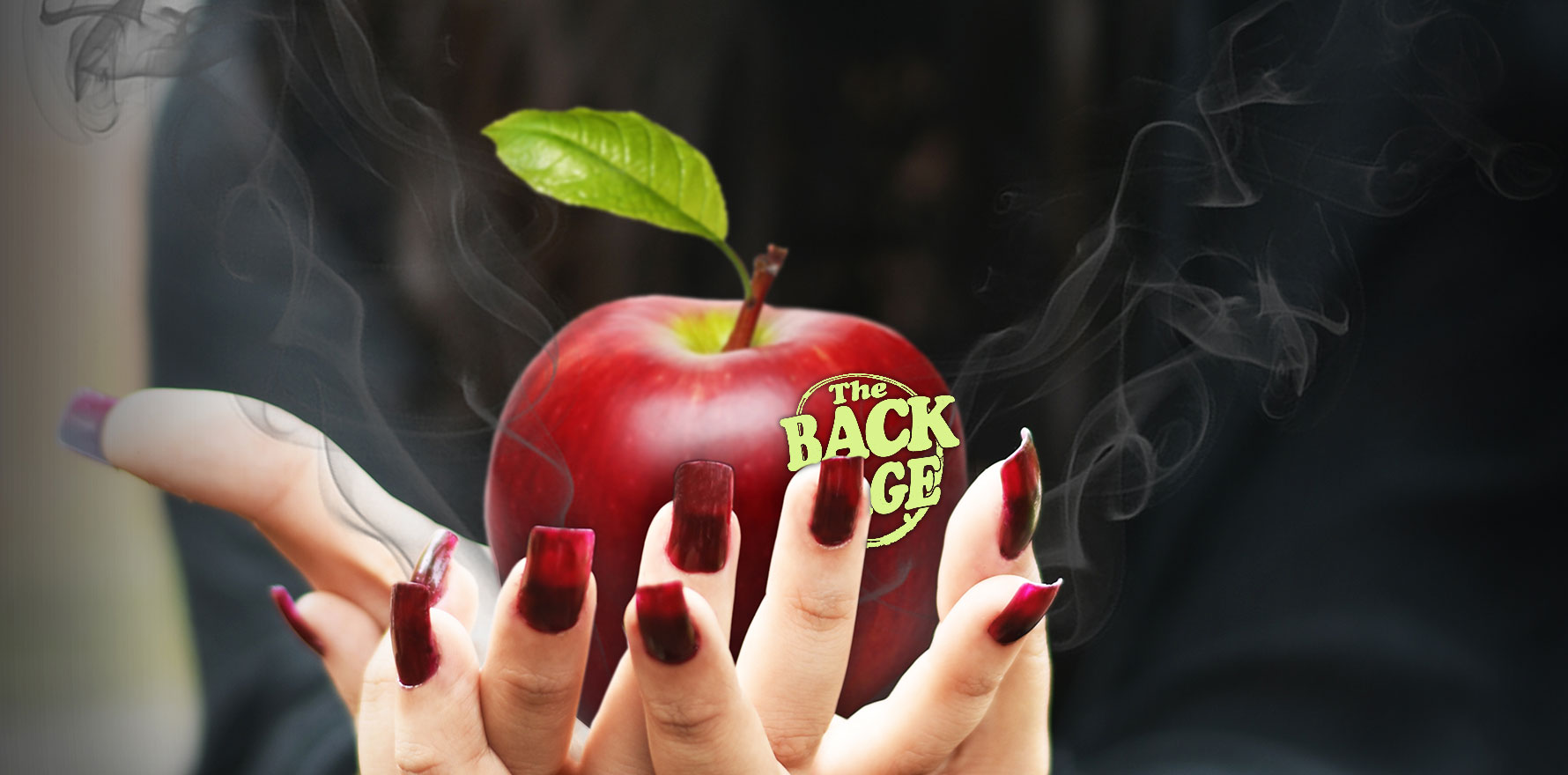From poisoning to metabolic disorders to traction alopecia, things are Grimm.
So many party favours, so little time.
This offering from the BMJ traditional Christmas edition caught the Back Page scribbler’s eye, having had Disney Princesses niece-splained over many occasions. At last, we will have something to contribute.
According to researchers from the University of Twente in the Netherlands, Disney needs to do better by its princesses, who are at great risk of various dire but frequently preventable medical conditions.
Take Snow White. As things stand, cardiovascular disease, depression, anxiety and early death all lie in wait for the poor scullery maid (a position she is forced into by her toxic stepmother) whose 24/7 duties preclude social interaction, a risk factor for all of the above.
Sadly, while that situation is improved by moving in with Doc, Grumpy, Happy, Sleepy, Sneezy, Bashful and Dopey, it’s not enough to keep her alive. Toxic stepmother catches up with her anyway with that cause of death wrapped up in a halo of health: the poisoned apple. We won’t shy away from pointing out there’s more than one very dark message there.
The researchers don’t mince pie their words when it comes to Jasmine from Aladdin. “The truth is she has no friends at all. Research shows that loneliness is associated with dementia, mental health problems (such as depression and anxiety), and dysregulation of the immune system.”
But what about her pet tiger, Rajah? you might ask. Not so fast, clever clogs. “Rajah poses a risk of zoonotic infection, as well as craniofacial and cervical spinal injuries,” these Debbie Downers write, in addition to the risk that a tiger might one day eat or at least maim her (“a true Arabian nightmare”).
Cinderella, you’ll probably have guessed by now, is at risk of occupational lung disease from all that housework dust exposure, especially the chimney sweeping, and the magic glitter – not helpful, fairy godmother – “otherwise known as aluminium coated microplastics”.
“Rather than a prince, Cinderella needs ongoing respiratory therapy to live happily ever after,” is their depressingly pragmatic observation.
They recommend strategies such as wearing PPE, wetting down the dust and using longer broom handles to reduce risk. (Back Page note for later: possible Pinocchio crossover?)
Pocahontas’ 252m cliff dive, a distance estimated by the researchers via mathematical deduction given the known factors, would result in a “symphony of fractures”, they say. Yours truly would add that’s on top of the devastating health effects associated with colonisation.
By massively oversleeping, Sleeping Beauty runs an increased risk of cardiovascular disease, stroke, obesity and diabetes, in addition to the likelihood of getting pressure ulcers and time dependent muscle atrophy, the paper postulates. The authors also note that the cure – a kiss from not that Prince Philip – is non-consensual.
Still unsure of the line of argument? Don’t be. Mulan? Mental ill health from honour-based violence. Belle from Beauty and the Beast? Brucellosis or rabies. Rapunzel? Traction alopecia and headache.
“Strategies to improve princesses’ wellbeing could include mindfulness and psychotherapy, training on cohabitation with animals, and personal protection measures against infectious agents and toxic particles. Only then can Disney princesses start living healthily ever after,” the authors advise.
We can’t wait to show off our newly acquired knowledge at the Xmas do. We’re sure our nieces will be warped. No, wrapped. Hang on – rapt. That’s us sorted for Auntie of the Year.
Send childhood-destroying story tips to penny@medicalrepublic.com.au.


